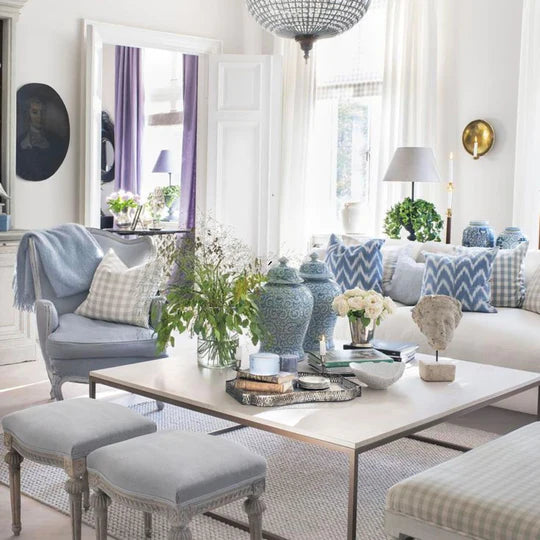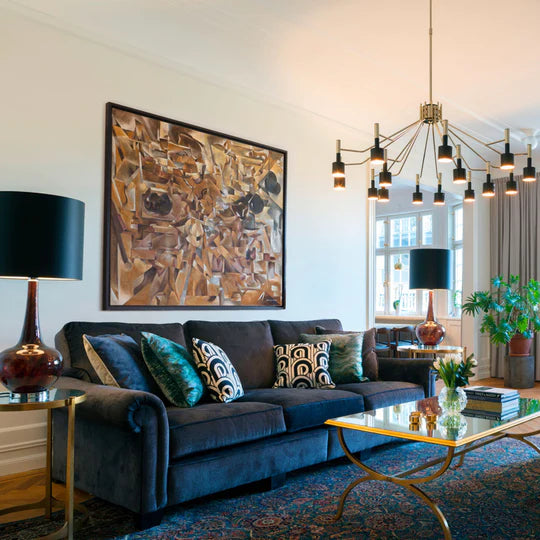- Fast and safe deliveries
- Low stock - 1 item left
- Backordered, shipping soon
Manufacturing District: Anatolia
Material:Silk
Number of knots: 500,000-600,000
Turkish rugs are tied with a Turkish knot and usually have geometric patterns, often with prayer niches. Depictions of people and animals are avoided. Most Turkish rugs are made in Anatolia, the Asian part of Turkey. The finest kilims also come from here. The part of Turkey east of the Bosphorus is called Anatolia or Asia Minor. Turkish and Anatolian carpets therefore refer to the same thing. In historical times, it was mainly Greeks, but also Armenians and Kurds who knotted carpets in this area. In the 16th and 17th centuries, Turkish carpet culture reached its peak, as did Persian and Indian ones. The palaces of the sultans required large, expensive carpets. Famous carpet cities were Izmir, Ghiordes, Ushak, Kula and Sivas. Towards the end of the 19th century, European trading houses established themselves and influenced both workmanship and patterns. This meant that large, roughly knotted carpets became fashionable. Turkish carpets are knotted with the Turkish knot. The patterns are usually geometric, often with prayer niches, and people and animals are avoided. Genuine village and nomad carpets, as well as prayer rugs, are knotted in large quantities. These often have strong, bright colors and are made entirely of wool. A special form of prayer rug is the family prayer rug, a so-called saff, which means row. These rugs have two or more niches placed in a row and are mainly manufactured in Bursa and Kayseri. The Kumkapi workshops in Istanbul produce studio carpets that are often entirely made of silk. Silk carpets from Hereke, 60 km from Istanbul, can have as many as 1.5 million knots per square meter. Nowadays, high-quality, plant-dyed carpets are again being produced in many of the traditional carpet villages and in state-run carpet schools. Carpets from the Bergamo area in northern Anatolia often have a red background and geometric patterns. In central Anatolia, around Konya, yellow is more prominent, while the Kurds in the east prefer blue, brown and maroon colors. .Estimated Delivery Time: approx. 1-2 weeks.










